When I ask Ayla whether she likes school, she can barely contain herself. “I love it,” she gushes. She bounces on her seat, her dark eyes glittering.
She may have patches of hair missing, but she’s gorgeous: a radiant child, whose rambunctious energy belies everything she has gone through for over a year (and continues to battle with yet). Gifted across subjects, putting away over a dozen books a week, she likes art the best. In fact, she tells me proudly, a painting of hers is currently on display at the local hospital.
Ayla is a six-year-old enrolled at Bondi Beach Public School, a small and lovely little building that hugs the NSW coastline. She is also a girl with a serious chronic illness, which has kept her away from school for reasons other than the coronavirus – in and out of wards, and being cared for at home.
Next week, many students will at last return to classrooms as COVID-19 restrictions ease in NSW. After several long months of separation from their friends, teachers and learning spaces, there's a sense of jubilation and relief (not least experienced by parents, too). But people like Ayla don't get the opportunity their peers are afforded. Again, she's left behind.
When the diagnosis came, it was devastating. Suddenly, a new epoch of disruptions and upheavals began. For Ayla, the time away from her friends and school life was “torturous” (a word you do not ever wish to hear from a young person’s mouth). Not only was she in pain, exhausted, but she had been cut adrift from the normal rhythms of the classroom.
“Sometimes it made me feel a bit angry, because I wanted to be at school, but I couldn't,” she remembers.
Then Belle came along.
Belle (“like Beauty and the Beast!” exclaims Ayla) is an OhmniLabs telepresence robot – in a groundbreaking innovation service developed by MissingSchool, officially named SEE-BE. Under a three-year pilot program and with a $600,000 grant from the St. George Foundation, it has so far empowered 86 children to stay connected to their regular learning community.
When Ayla’s parents – both working professionals within the field of technology – heard about SEE-BE, they recognised its potential. They approached the school with the idea of getting one especially for Ayla.
School principal Alexia Duncan thought it was a wonderful idea. They all missed Ayla too. After a few bumps (including a cracked screen during delivery), Ayla returned to class – rolling in via Belle, while at the same time receiving treatment elsewhere.
For Ayla and the school, the results have been remarkable.
“It's like having a classroom in my house,” says Ayla. “I can see my friends without having to go there and collect the germs.”
Her older brother Ilan, also a student at Bondi Beach, nods and hugs her affectionately. He’s seen a big difference too.
“It's been a huge boon to Ayla's wellbeing,” her parents say. “It's helped maintain a connection and keep her on track.”
In the classroom
While some students confessed they initially found the robot a little “creepy”, overall the classroom response to SEE-BE has been one of great excitement – particularly for Ayla’s friends.
“It's cool having a robot in our classroom and also sort of funny because she's always moving it around,” says one breathlessly. “I think she's really happy to be learning in the classroom with us.”
“You could hear her, you could see her,” another joins in. “It's just really cool.”
Ayla’s teacher Alexa Hareb, a no-nonsense lady with a booming voice, thought deeply about how to use the technology to its full potential. She’d send worksheets to Ayla in advance, address questions to her directly through Belle, and encourage her to ask questions in turn.
After lessons with the whole class, she will send Belle/Ayla trundling off to participate in a small group situation, “where she can talk to a few people that are sitting at her table and just catch up on life and what's going on in the classroom”.
She’s adapted her teaching practice a little – increasing floor and group work, for instance. But she believes being mindful of Ayla’s specific needs, and creating an environment which is as normal and inclusive as possible, has been the most important adjustment.
Her efforts haven’t gone unnoticed.
“When we did things, she always made sure that I could hear and see the classroom,” Ayla says. “Sometimes when they were practising singing, they put on a sing-along and I put it on too. I learned singing while being at home.”
She was even able to play in a band through SEE-BE.
“We were using the robot three, four times a week because she would always email me saying, "Can we use it? Can we use it, can we use it?,” laughs Hareb. In the interview, her steely demeanour crumples a little, as she thinks about how much it’s meant to her: being a positive influence in her pupil’s life, during a time of such darkness and trial.
Today, Ayla has advanced enough in her treatment that she is able to make it into school some days. Being connected through SEE-BE has undoubtedly made the re-integration easier.
“She’s been so much more relaxed when coming back to school as she knew what was going on,” says Hareb.
“The robot allows her to access the class for socialisation and access the curriculum,” confirms Principal Duncan. “It helps her feel part of the class and well connected with our school.”
MissingSchool
Megan Gilmour, co-founder of MissingSchool, knows all too well the isolation kids with serious illness experience, and the profound mental health risks that cluster around it – anxiety and depression being the most common. When he was 10 years old, her own son Darcy became critically ill, diagnosed with three rare blood disorders. In a TEDx Talk she recounts how evident it became to her that her son was getting left behind, not just academically but socially. After two years of missing school, he began opting out.
“What was all the suffering worth, if the life he loved and was fighting for had already disappeared?” she wondered.
“I needed to show him he had a future. That he was remembered by his friends and his teachers.”
Gilmour’s background is in international aid and development; she worked across 24 countries in the years before Darcy became sick. She was very well acquainted with the rights of the child and sustainable development goals. And she knew that as a United Nations member, Australia had a duty to ensure that all children – no matter their state of health – had equal access to education.
“I didn't go back to that career,” Gilmour reflects. “But it influenced everything that came next.”
Together with two other Canberra mothers, Cathy Nell and Gina Meyers, she launched the not-for-profit in 2012. Very quickly, they discovered in their Australian-first research that kids like their own existed in a statistical ‘black hole’. There are an estimated 60,000 kids missing significant periods of school due to chronic illness – but without reliable data, the governance and systems infrastructure to support inclusion within education are profoundly bereft.
“If you look at this superficially, you might say, ‘Well, there are hospital schools’,” says Gilmour. “But while a percentage of time is spent in hospital, that's not the whole picture.
“More and more, children are spending more time at home than they are in hospital. That's not something that is obvious to people, even people working in the system.”
There are even children with serious illness who spend no time in the hospital at all, and so don’t receive the benefits of a hospital school. And while some teachers will and do strive to involve them in learning, “schools can’t just make things up,” says Gilmour. They need clarity on this issue, and support through dedicated processes, and evidence-based teacher training.
Besides: if everyone across the country is MacGyver-ing their way through, how can anyone assess which approach is working?
The pressure shouldn’t just be on the teachers either, says Gilmour. It should be a collaboration that runs all the way through a governance framework, from the teachers on the frontline, to parents, principals and education departments.
She points to Bondi Beach Public School as a perfect example of a school community including and valuing each and every student, and adopting new ways to do so.
“[School] is such an important part of a child's life, and we make it important,” she continues. “We're arguing that everything in our cultural ecosystem supports the view that it’s an important place for all to be.
“It provides essential socialisation for us as human beings. We learn in communities and at school we make friendships that can last a lifetime. So it's not just about the learning, it's about learning with your community.”
What differentiates MissingSchool from the patchwork of initiatives is its vision for consistency, continuity and normality. The organisation isn’t just geared towards a sick child performing well in PISA. It wants them to continue, as much as they are able, to participate in their regular school. To feel they still belong – when they’re away, and when they return; permanently or intermittently.
What’s more, while hospital schools can assist students track progress against academic goals, these services still can’t address the harms of social isolation. Children – particularly those from regional or remote areas – also will often have to travel or relocate in order to access the health treatments needed. If this travel is interstate, they will typically have to grapple with two different education systems.
Gilmour’s view resonates with a recently released report commissioned by the Department of Education and Training. Called Taking Responsibility, it found multiple barriers to participation for students absent due to illness, and systemic issues across Australian policies, frameworks and practices to “ensure students with significant illness or injury are provided with the educational access and inclusion required by legislation”.
The robot rolls forth
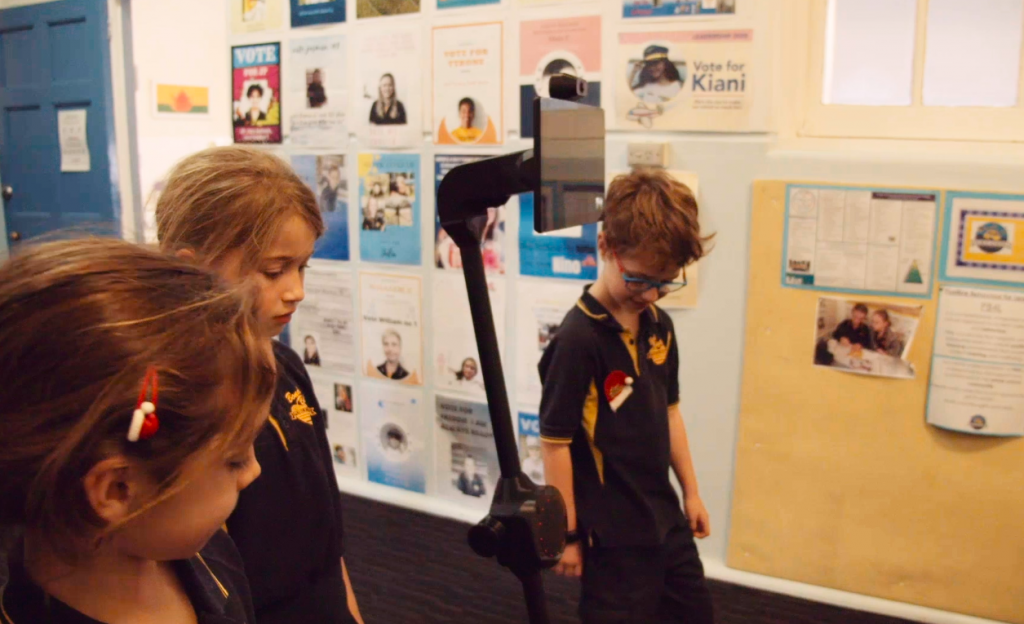
The SEE-BE robot service is just one initiative MissingSchool is striving towards in its goals. It is undoubtedly the ‘shiniest’ plank in their advocacy – and it has put Australia at the vanguard of social and technological innovation in this field. While there are similar trials in places like the US, UK and parts of Europe, SEE-BE is uniquely sophisticated: in its public system engagement, scale, and capabilities.
“I don't know of another service using mobile telepresence robots across a whole country, across all education systems and across all illness groups,” says Gilmour. “I haven't come across one.”
What really distinguishes the robots used in SEE-BE is their mobility. Through a dashboard powered by Ohmni, the bots use whisper-quiet Glide Drive technology, so that Ayla and others like her can move their robot around – giving them agency and a freedom that a simple locked computer screen can’t
The mobility lends the robot an anthropomorphic aspect, too. Classmates are known to dress up their robot; sometimes in their absent friend’s own clothes.
To date, the program is in various stages of implementation in all Australian states and territories – and Gilmour has plans to push the idea globally. With her co-founders long gone, she’s at the helm.
It is clear she has sunk every ounce of her being into the project. Yet her enormous ambition is tempered by a profound sensitivity that can only come from lived experience.
To give an example: even if a robot isn’t used for a while, Gilmour is reluctant to remove it from the child’s custodianship.
“We don't want to remove robots prematurely, because our data is showing us that there can be an emotional connection, an emotional tether to that robot being in their school,” she explains.
The future
Meanwhile, MissingSchool is gathering research-rich information from its 80-strong fleet of robots deployed across Australia. There is “call encryption in place and no recording or storage going on,” Gilmour assures, but other data points are always being collected and evaluated. These include the time and duration the robot is being used; the network and user through which the connection took place; and the functionality of the software. This is supplemented by qualitative evidence in the form of surveys and interviews with teachers and parents.
So far, over 1300 formal data points have been gathered.
This richness of this data signals the start of Australia-leading research between MissingSchool, UNSW and USQ. The research initiative will progress with formalised dialogue and collaboration arrangements – involving the voices of students, parents, teachers, health and education departments and standards bodies, as well as technologists and innovators.
“We want to be able to get the right input and then we want to be able to share what we've learned,” says Gilmour. “We will move this formal research into outcomes and impact for practice, and socialise the lessons learned across Australia and the world.”
Currently, Gilmour is angling to unlock government funding schemes and find catalytic sponsorships to drive the technology and service further. Scaling the solution depends on it.
Gilmour, who drove up from Canberra to meet Ayla and the school, is hopeful.
“I have been having these conversations at really high levels of government, about the fact that Australia can be at the leading edge here,” she says.
Ultimately, she hopes that the technology will be just as common-place and common sense as having wheelchair ramps in schools. In her eyes, the ethical principles for access and inclusion are the same.
“And we're already doing it,” she observes. “It's at a smaller scale now, but all the infrastructure is there to scale it.”
Find out more on the MissingSchool website.
Do you have an idea for a story?Email [email protected]
 Education Review The latest in education news
Education Review The latest in education news
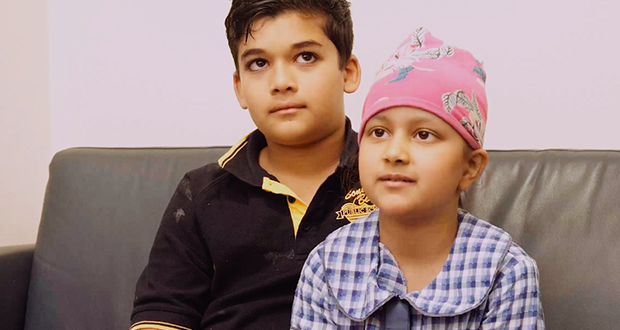
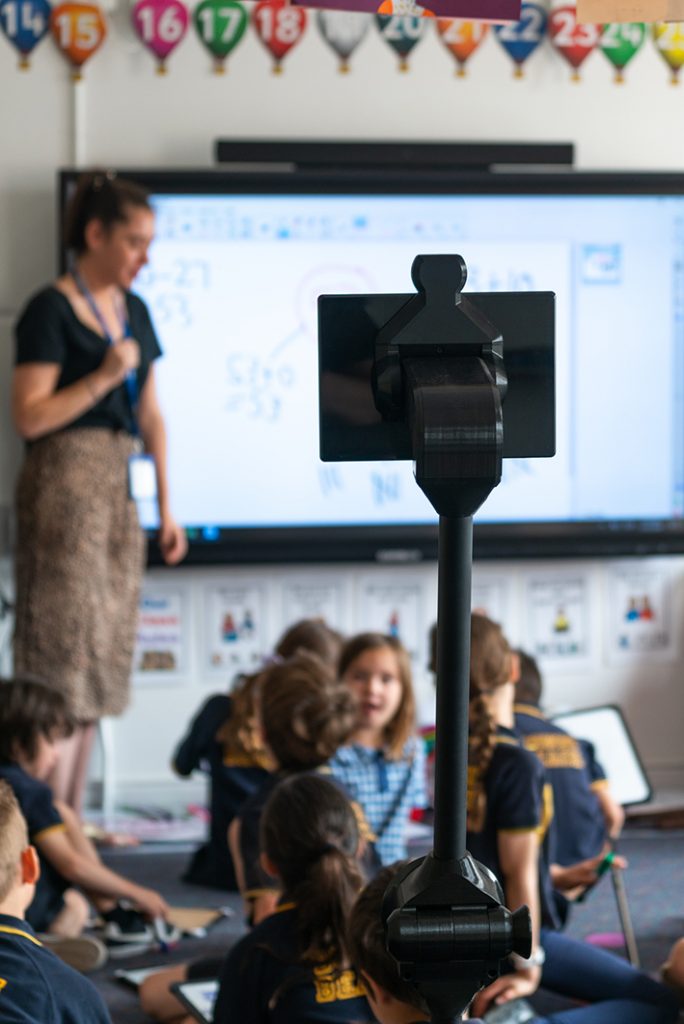
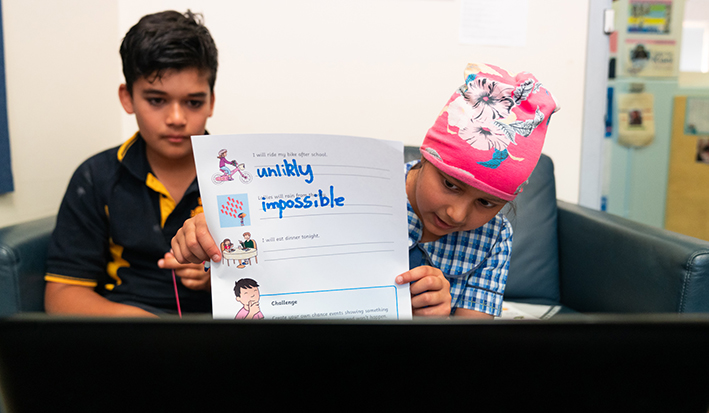
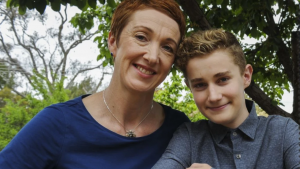
Interesting development. Great to read that at least 80 students are now able to be more included in learning. The imagination ponders the potential of this type of learning for so much good.
I’m in regular contact with 100s of sick children whose parents are “MacGuyver-ing” their way through education. The demands of medical care leave most too exhausted to also fight to retain those links to their school. With clearer pathways and access to interactive tools like this, it just wouldn’t be so hard. I’m the parent of a chronically ill child who, despite missing around three years of schooling over five years, is preparing to sit year 12 external exams this year for an ATAR or career we never expected him to achieve. Better than that, thanks to his robot, he has maintained a sense of real community by staying connected to his school, mentors and friends. Quite an achievement for a mostly bed bound and housebound teen. Signed: Very grateful mum, Shelley.
It is a informative blog on this topic and i am very impress. It will helpful for everyone.
Thanks for the sharing information and keep it up
Visit us: https://snapology.nsw.edu.au/robotics/